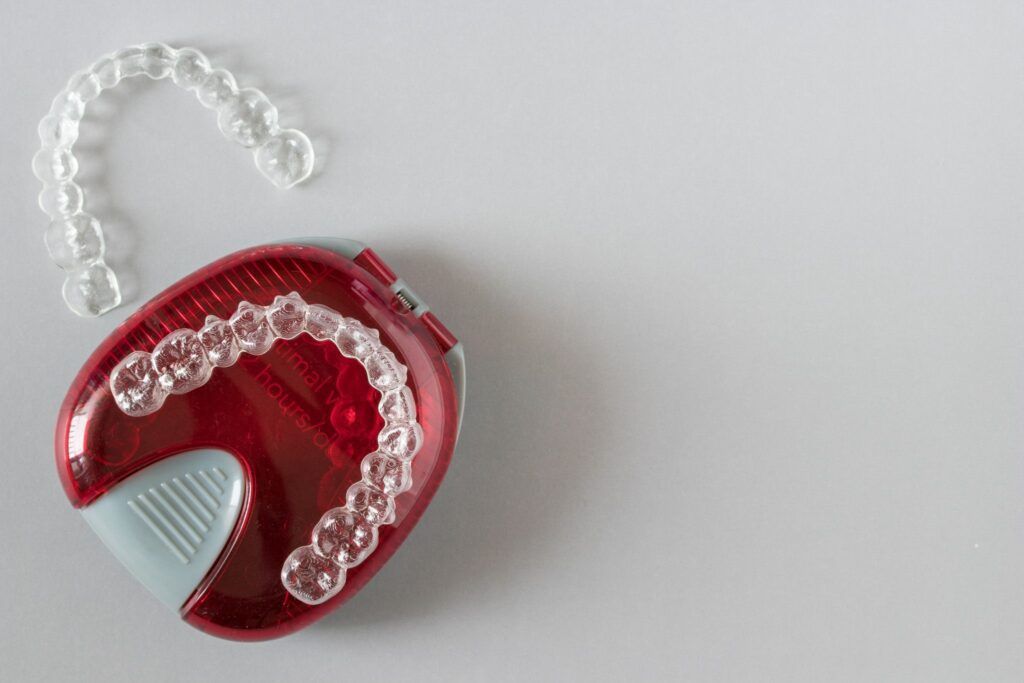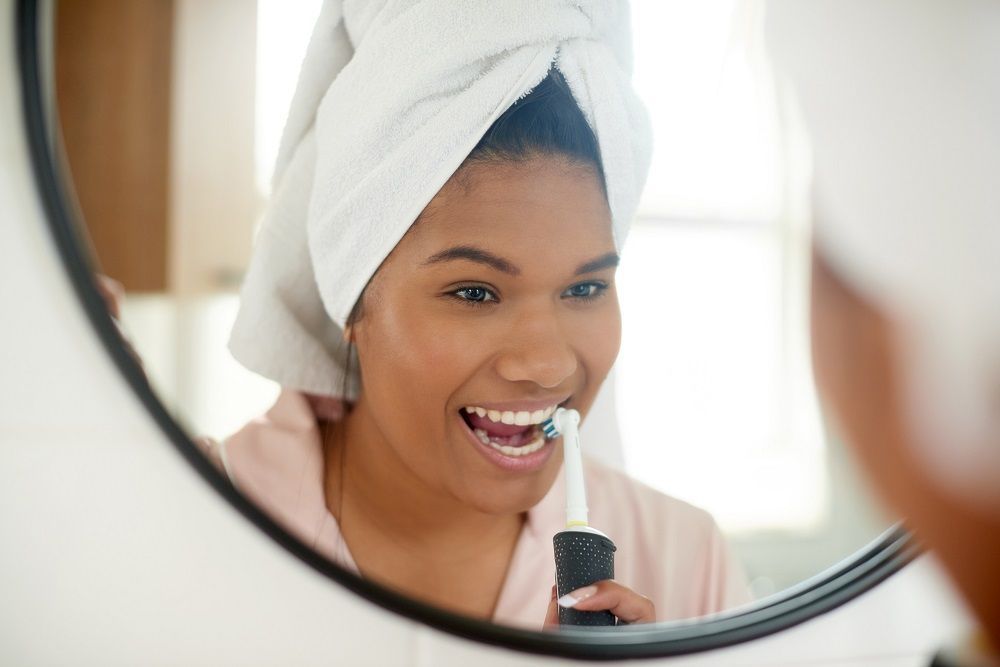Dental Crown Aftercare Tips
If you have damage or decay to a tooth, your dentist will likely need to perform restorative treatment. While there are different options for restoration, dental crowns are often the treatment of choice for excessive damage. Getting a dental crown in Glyndon, MD, requires extra care and attention afterward to ensure it stays strong and protects your tooth. There are different guidelines for care depending on whether you have a temporary crown or a permanent one. Your dentist can provide you with a full list of aftercare instructions before your appointment so you can make sure you’re prepared.
Aftercare for a Dental Crown in Glyndon, MD
Whenever you get any kind of dental treatment, you’ll need to make sure you pay attention to the treated area and keep it clean and safe. Most dental treatments require a similar aftercare routine, but some do have their own specific instructions. Even the same kind of treatment can have different aftercare between two patients. So, it’s important that you discuss your unique case with your dentist to ensure there aren’t any other aftercare tips you need to follow.
Post-Appointment Aftercare
Whether you’re getting a temporary or permanent crown, you’ll want to pay extra attention during the first few hours after your appointment. A dental crown is a slightly invasive procedure that often requires the use of local anesthetic. As such, it’s natural to feel numb for a while after your appointment. This usually only lasts for a few hours. If numbness persists for over six hours, contact your dentist. While the treatment site is numb, it’s important to try not to chew too much, as you may accidentally bite your cheek or lip without realizing it.
Some pain and swelling can be expected once the anesthetic wears off. You can use an icepack pressed to your jaw to help reduce swelling and inflammation. Your dentist may also suggest taking a pain reliever if needed. However, it’s a good idea to check with both your dentist and your doctor before taking medication to ensure it won’t affect your health or treatment results.
Temporary Crown Aftercare
In many cases, you’ll need to wear a temporary crown while your dentist fabricates your permanent crown. This can take a few weeks. During this time, it’s crucial that you avoid eating particularly hard or gummy foods. The temporary crown is not permanently set in your mouth, so it could come loose with enough force or pressure.
Permanent Crown Aftercare
Once you have your permanent crown in, you can typically go back to your regular diet, but you should still avoid extra-chewy foods to be safe. With a dental crown, you should brush and floss regularly, paying extra attention to the area around your crown to help prevent plaque buildup. It’s also important to make sure you have a routine oral hygiene schedule set up with your dentist to help keep your crown clean and strong.
If you have damage or decay, a dental crown could be able to preserve your natural tooth. Call us today at 410-833-4664 and learn more about the dental crown process.






